Stainless Steel fabrication
Product Details:
- Product Name Stainless Steel Products
- Steel Type Stainless Steel
- Steel Product Type Steel Plates
- Grade S S 304
- Thickness 1.2 Millimeter (mm)
- Shape Customized
- Steel Standard AISI
- Click to View more
Stainless Steel fabrication Price And Quantity
- 10000.00 INR/Unit
- 1 Unit
Stainless Steel fabrication Product Specifications
- Customized
- Stainless Steel
- 1.2 Millimeter (mm)
- Finish
- S S 304
- As per ISI
- Stainless Steel
- Steel Plates
- Other
- Stainless Steel Products
- AISI
- 100 Kilograms (kg)
Stainless Steel fabrication Trade Information
- Noida
- Cash Against Delivery (CAD) Cash on Delivery (COD) Cash Advance (CA) Cash in Advance (CID) Days after Acceptance (DA) Cheque Delivery Point (DP) Letter of Credit at Sight (Sight L/C) Telegraphic Transfer (T/T) Western Union Letter of Credit (L/C)
- 2 Unit Per Day
- 2 Days
- Yes
- Asia Australia Central America Eastern Europe North America South America Western Europe Middle East Africa
- All India
Product Description
The process of converting stainless steel into different components, structures, or products by cutting, shaping, bending, welding, and assembling is known as stainless steel fabrication.
This procedure has the following qualities and advantages:
1. The exceptional corrosion resistance, strength, and durability of stainless steel make it appropriate for a variety of applications.
2. Customization: Stainless steel fabrication enables the production of personalised goods to satisfy certain design and functional needs. Customization is possible in terms of size, shape, thickness, and finish.
3. Being adaptable allows stainless steel to be used in a variety of industries, including construction, manufacturing, the automotive industry, and more. Stainless steel may be produced into many shapes, including sheets, plates, pipes, fittings, and architectural structures.
4. Aesthetics: Stainless steel fabrication has a sleek, contemporary, and appealing appearance thanks to its ability to be polished or finished.
5. Stainless steel is appropriate for applications that demand a high level of cleanliness, such as food processing, pharmaceuticals, and healthcare, because it is non-porous, resistant to bacterial development, and simple to clean.
6. Durability and Longevity: Products made of stainless steel are extremely durable, resistant to wear and tear, and able to survive severe environments, assuring a long lifespan.
For a variety of industries, stainless steel fabrication offers the versatility to design specialised, long-lasting, and aesthetically pleasing products that combine durability, functionality, and longevity.

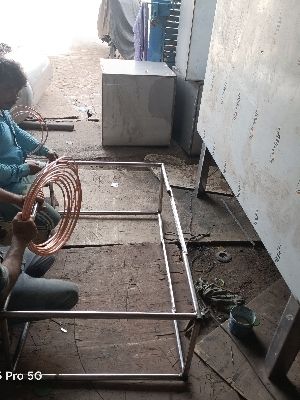
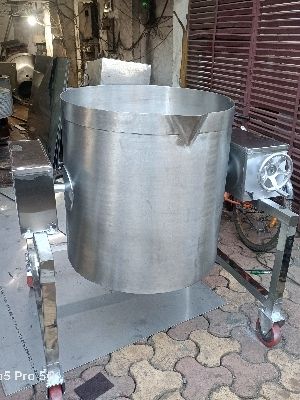
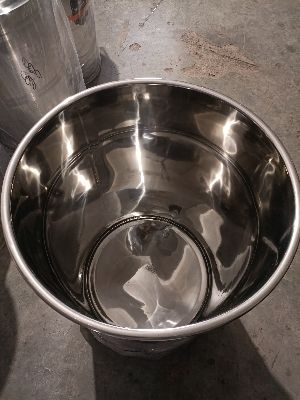
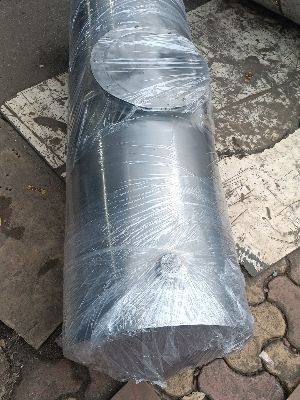
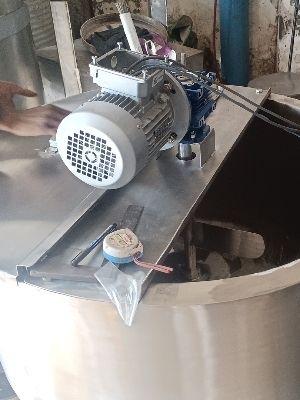


 Send Inquiry
Send Inquiry Send SMS
Send SMS Call Me Free
Call Me Free